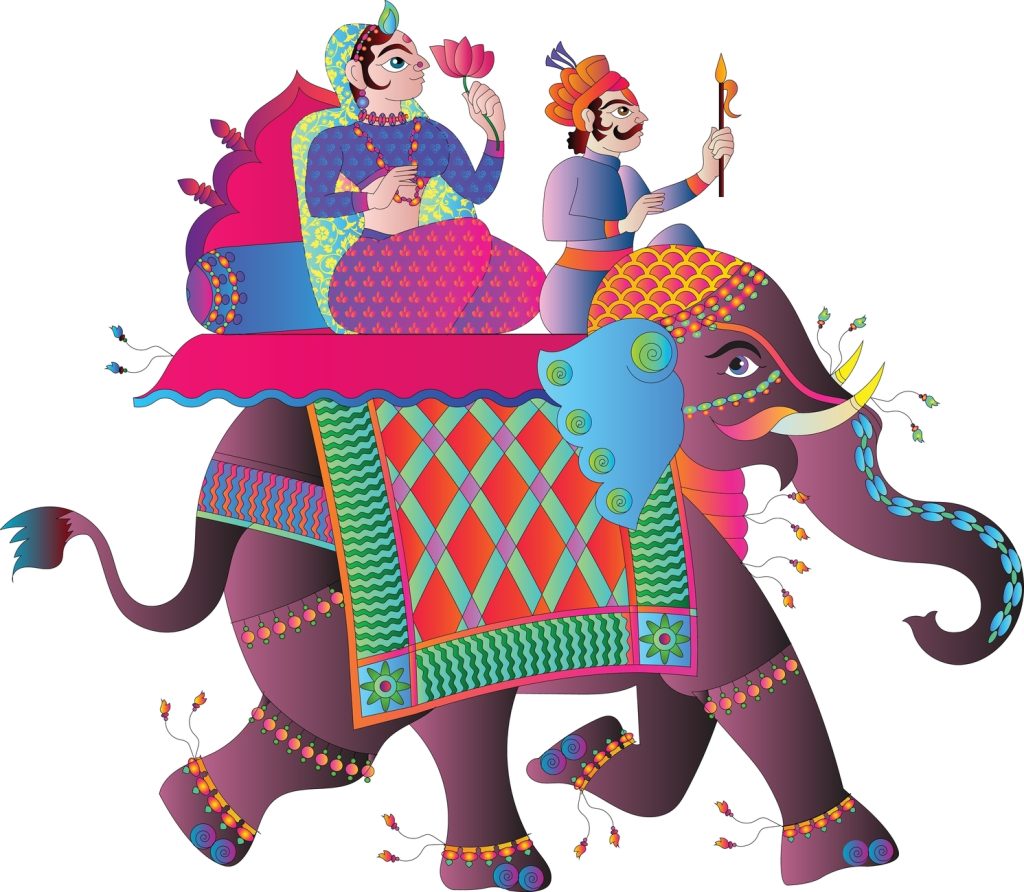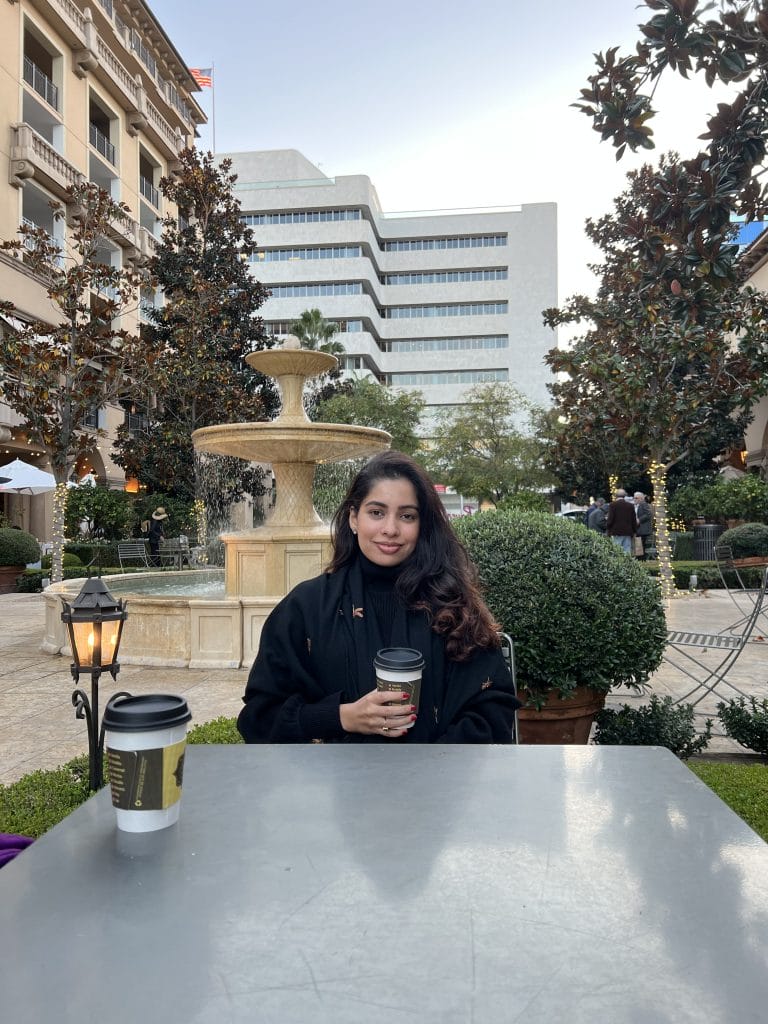A guide to lesser-known or new-age rituals beyond the mehendi and sangeet.
By Kripa Singh
Weddings are an amalgamation of rituals and ceremonies. The traditions are what make the union so meaningful. While some have religioussignificance, others are intended to simply amplify the joy. But most customs have been passed down through history, connecting couples to their heritage and ancestors. So, in honor of unique nuptial practices, let’s go beyond the mehendi and sangeet.
We are spotlighting five significant and unique Indian wedding traditions. Some of these rituals have not just stood the test of time, but have evolved into full-swing celebrations with a new-age twist.
Breaking the Ice
In the earlier days, families would gather in the couples’ homes to play the dholki, sing, dance, and eat together. The informal celebrations leading up to the wedding would allow the families to rejoice and ease everyone into the festive mode.
Nowadays, many guests fly in from far and wide, so hosts opt for a welcome celebration instead. Typically more intimate than other events, but still replete with flowing cocktails, live entertainment, and sometimes even ice-breaker games, the first event allows everyone to mingle and get to know each other. Some couples get extra competitive and even host a Sports Day with their guests. What’s not to love about a tug-of-war between both wedding parties?
Turmeric, Egg, and Soda Blessings
In the tapestry of Indian weddings, one of the most significant events leading to the wedding is the haldi ceremony. Traditionally held a day or two before the wedding, the custom involves a close-knit group to spread oil, water, and turmeric on the couple. The mixture symbolises radiance, blessings, and the elimination of negative energy.
However, the new-age version of the haldi ceremony often features a mix of eggs, sodas, tomatoes and whatever can be found to make the event extra messy.
The Party Procession
The idea of the baraat originates from a time when the groom’s family would go from their town to the bride’s for their nuptials, but the processions have inevitably evolved since then. The festivities don’t stop at an Indian wedding, and the baraat has now morphed into another reason to party. There are mobile DJ trucks that belt out music. Dhol (drum) players are thrown into the mix, and choreographed dancers aren’t unheard of either.
Whereas in the earlier days, the groom would be atop a horse, nowadays, you’re likely to find an entourage of ATVs, vintage cars, or a baraat on a private cruise. These changes have brought along the democratisation of the ritual. Many brides don’t want to miss out on the fun and often host their own version of the event!
Getting Fishy
Bengalis love their fish. The aquatic animal is not just a delicious addition to their meals, but an integral part of their wedding rituals as they symbolise good fortune. On the day of the nuptials, a rohu fish is decked up as a bride; draped in a sari complete with jewellery and sindoor, and is sent to the bride’s home. This custom is called tattva, and is a gesture to extend good wishes. Similarly, sweets are also decorated in theform of little fish when they are sent as gifts to either household.
Coming Together
An Indian wedding is not just about the union of the couple, but the merging of the two families. The milni ritual signifies the coming together of both sides. Members of the bride and groom’s families assemble to greet each with garlands, gifts, and hugs. This often culminates with the varmala (garland) exchange between the couple. Cue the fireworks!
Kripa Singh is a wedding decor designer and aesthete with a love for good books, dogs and a cup of tea.








